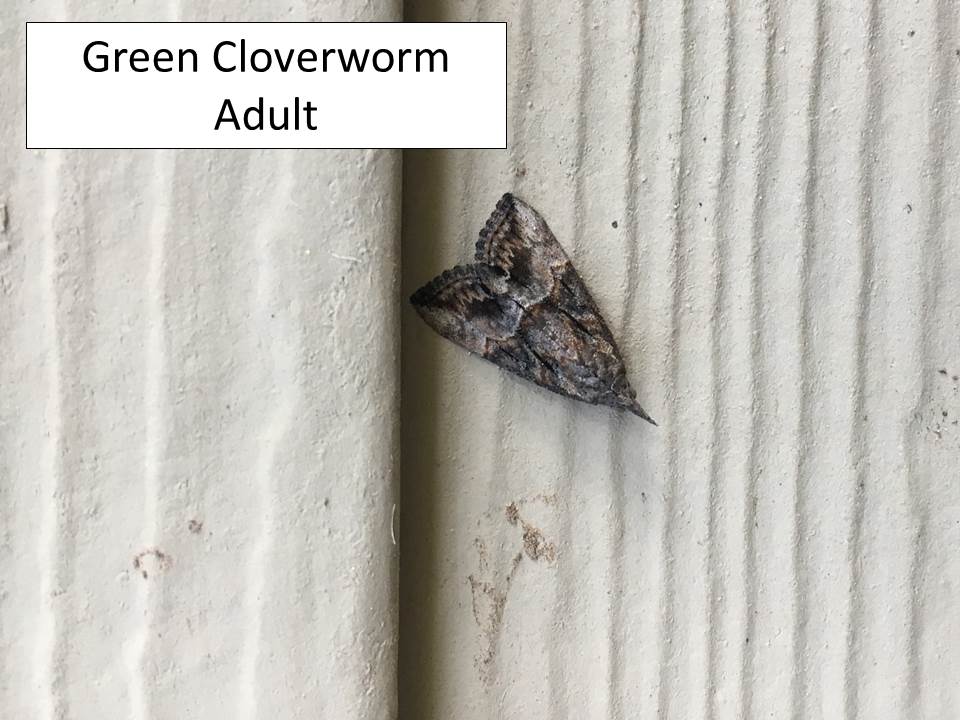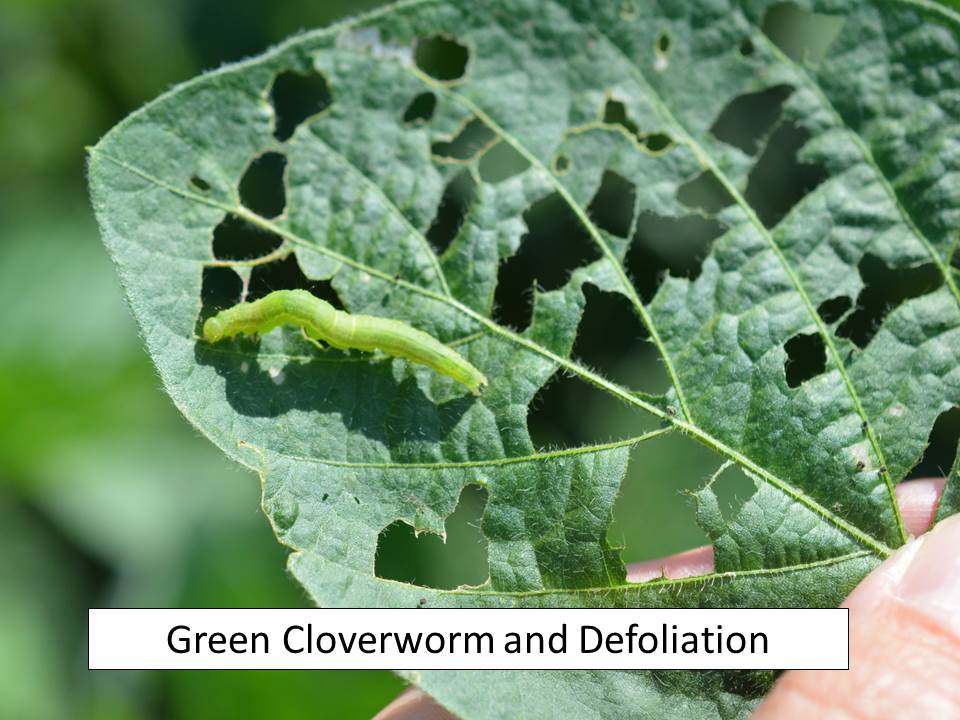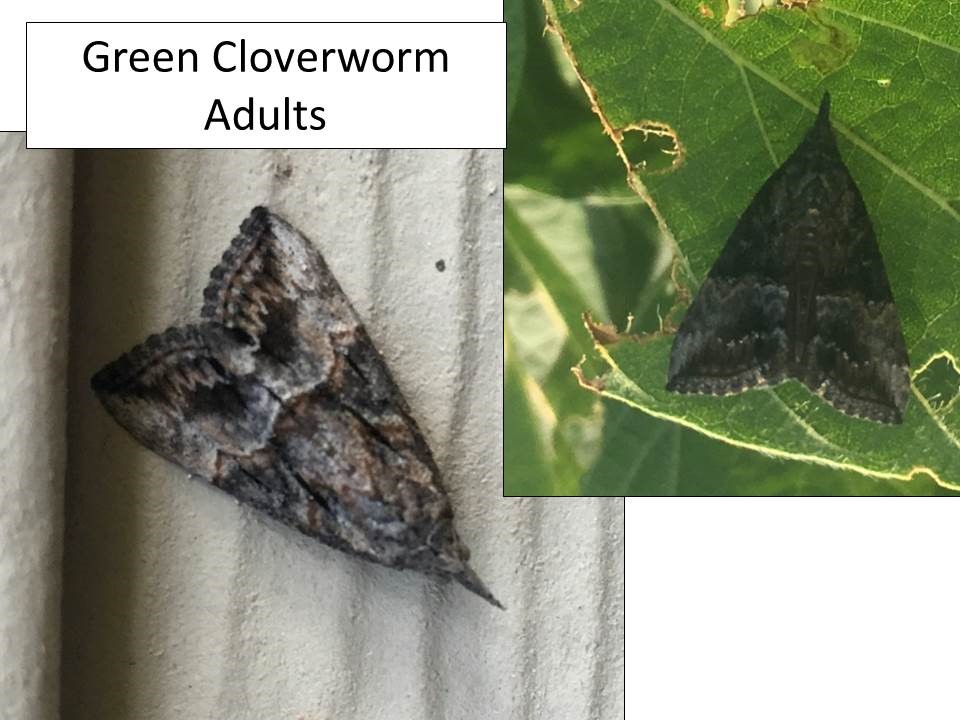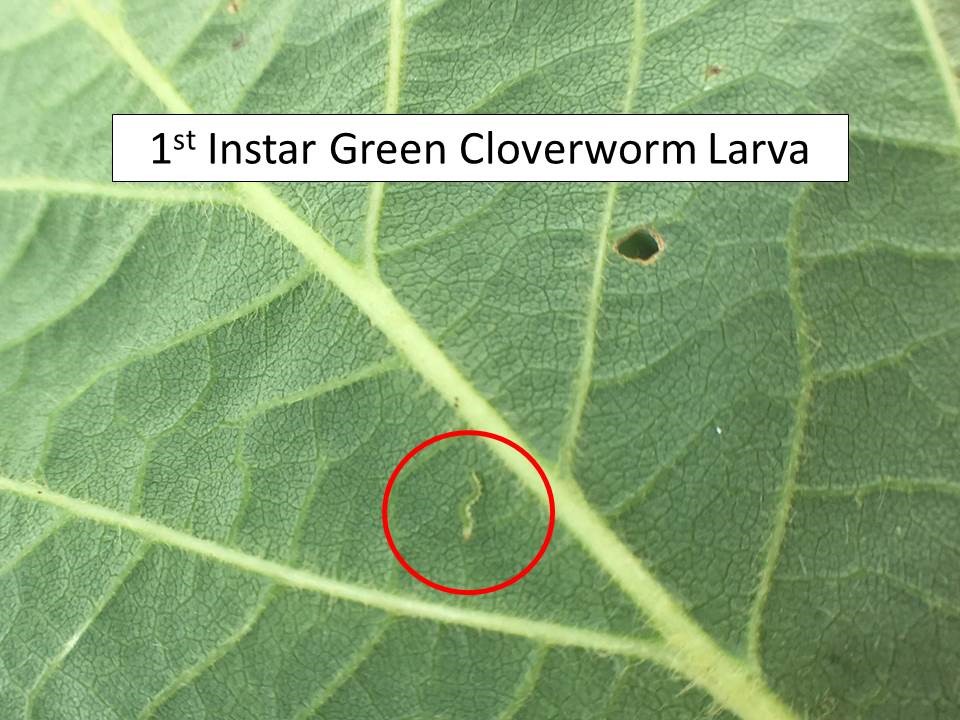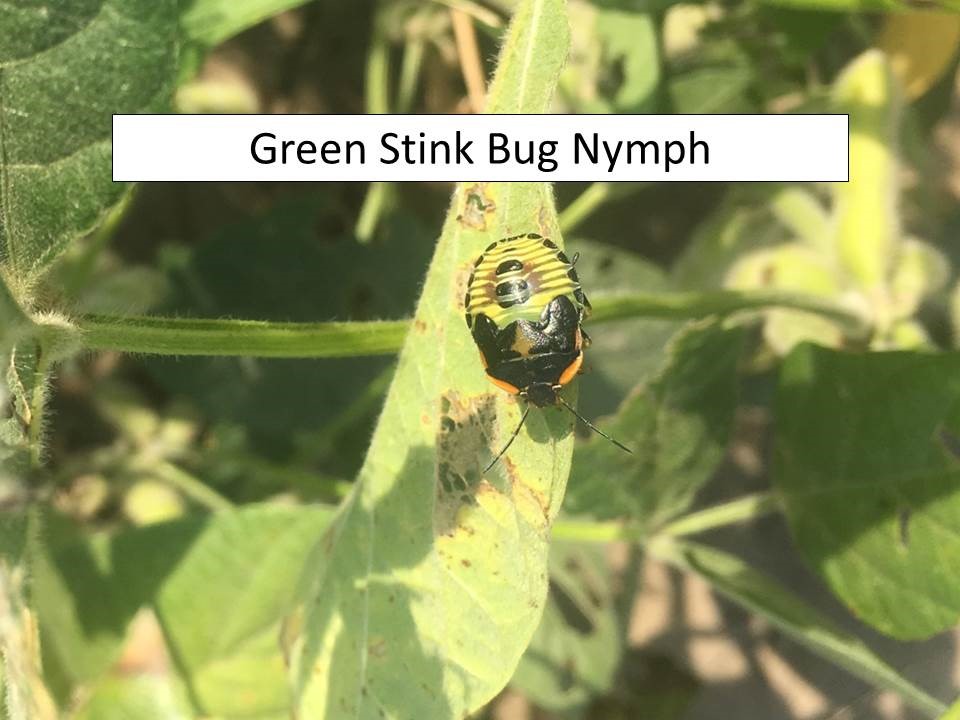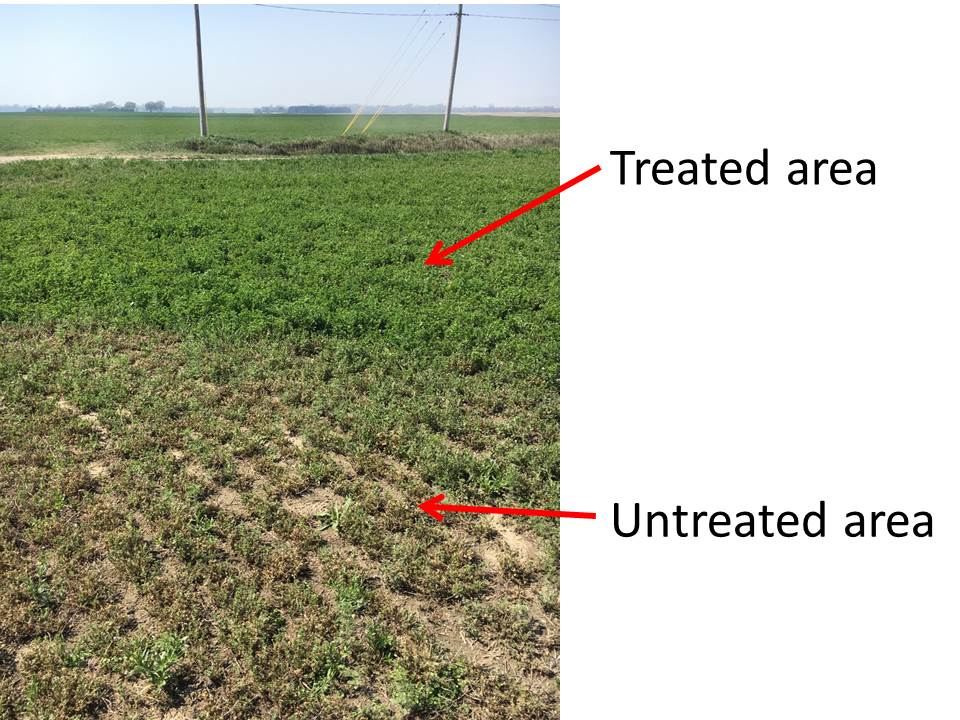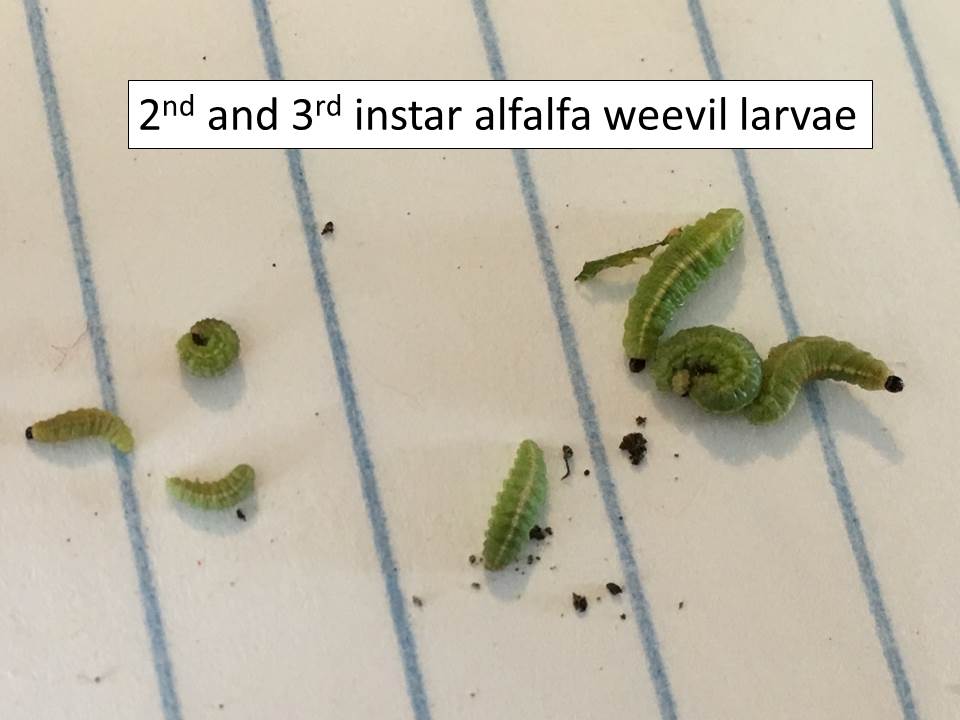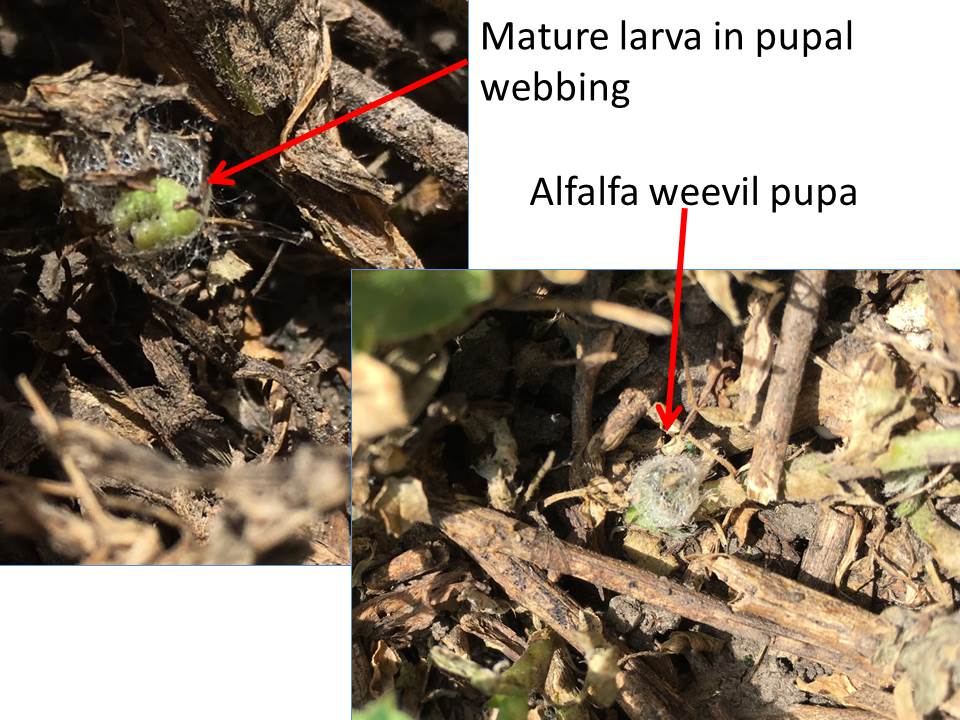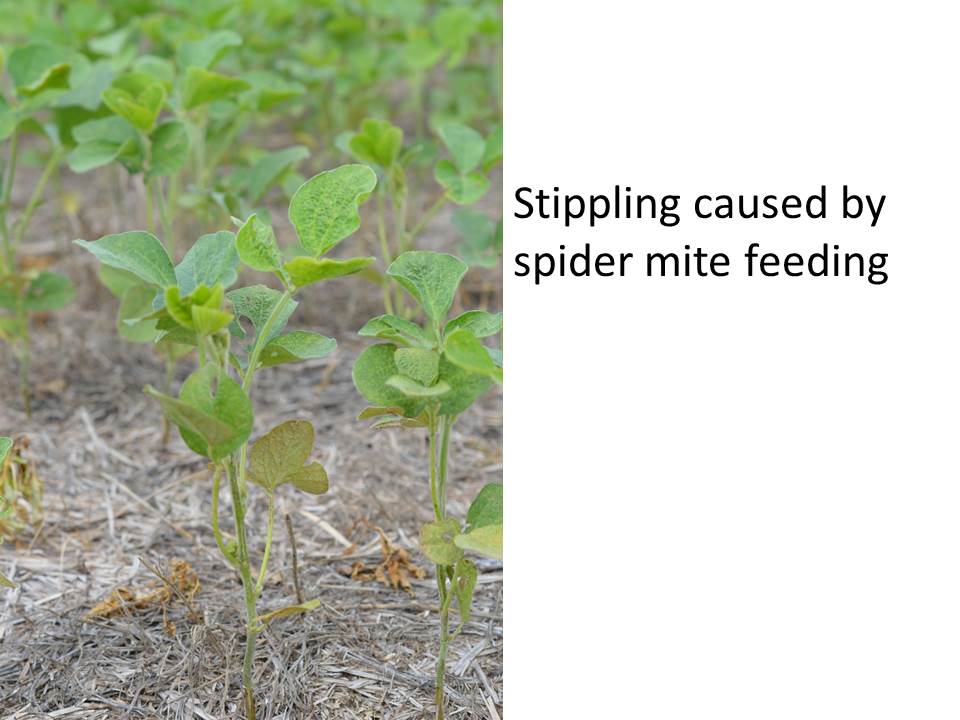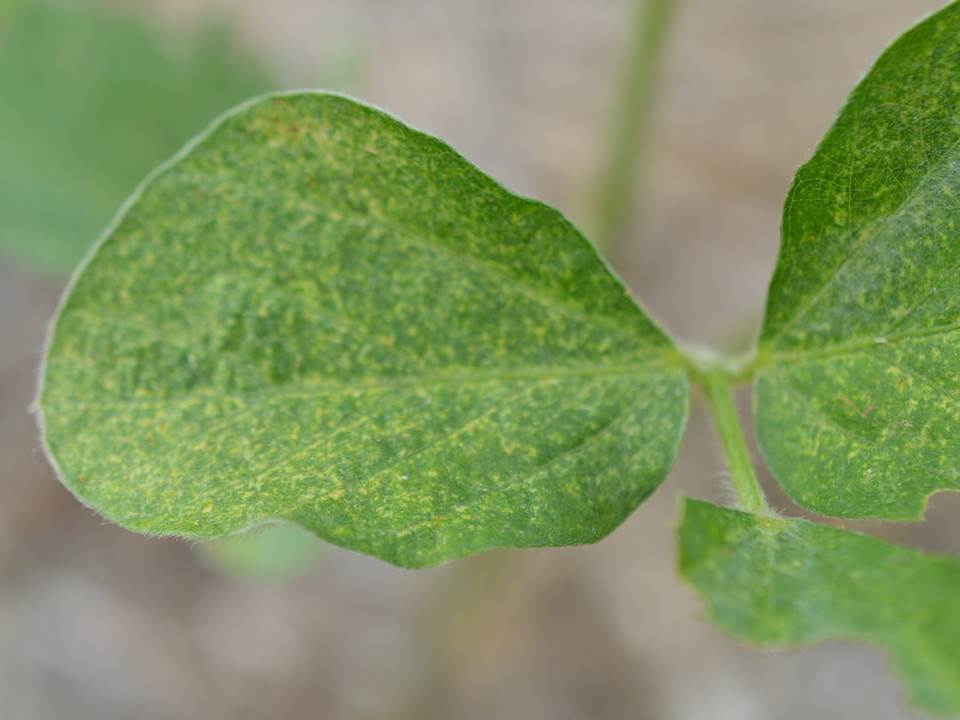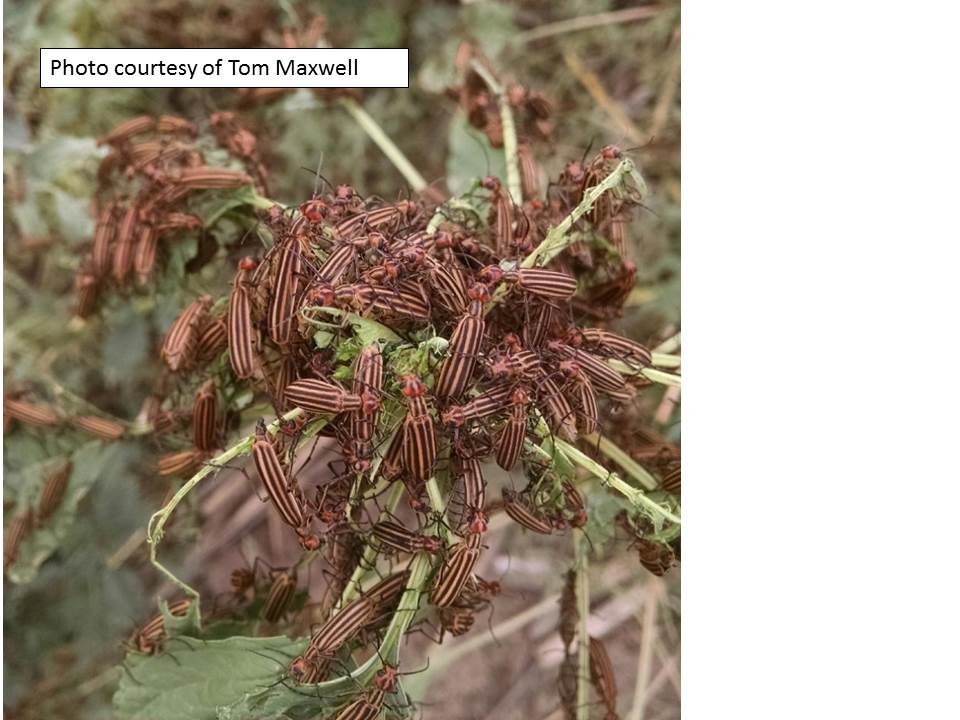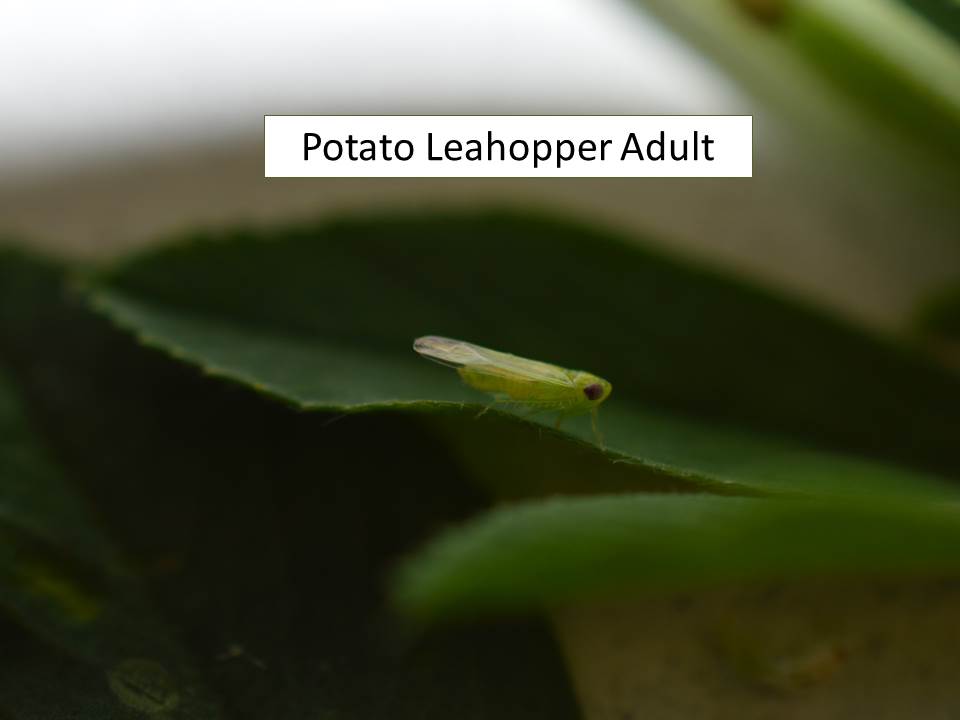— by Dr. Jeff Whitworth and Dr. Holly Schwarting
Green cloverworm larvae have been very numerous throughout north central and south central Kansas for the past 30-45 days. However, the larval stage and the leaf defoliation that they’re known for, has pretty much ceased as most larvae have entered, or are entering, pupation.
A few green cloverworm larvae can still be found in late planted beans and alfalfa, but for the most part, their feeding will soon cease. The most common question is, with all these green cloverworm adults around, will they be in the same fields next year? They do not overwinter in Kansas and most soybean fields will be rotated, so the answer is no. If the same fields are infested next year, it will not be because of the green cloverworms that survived the winter in that field.
